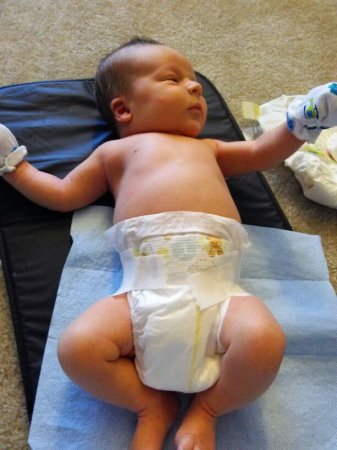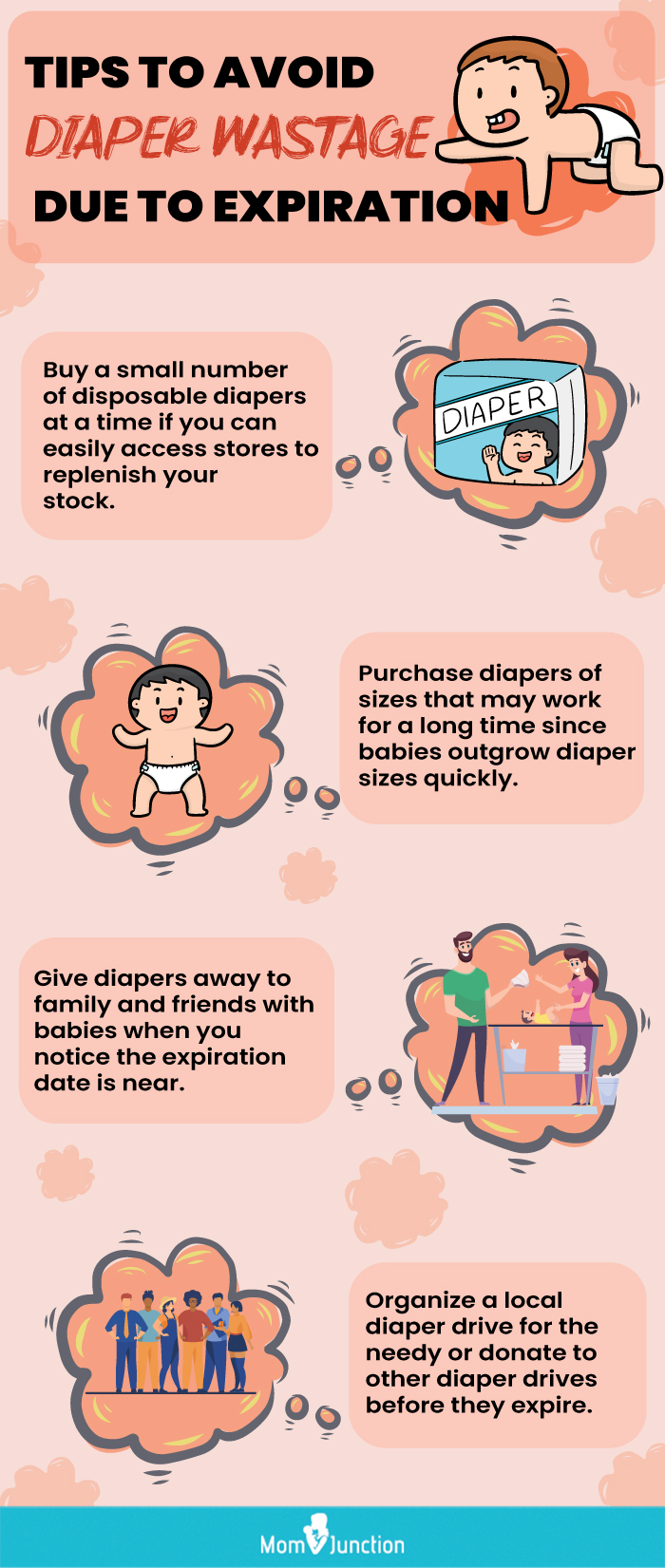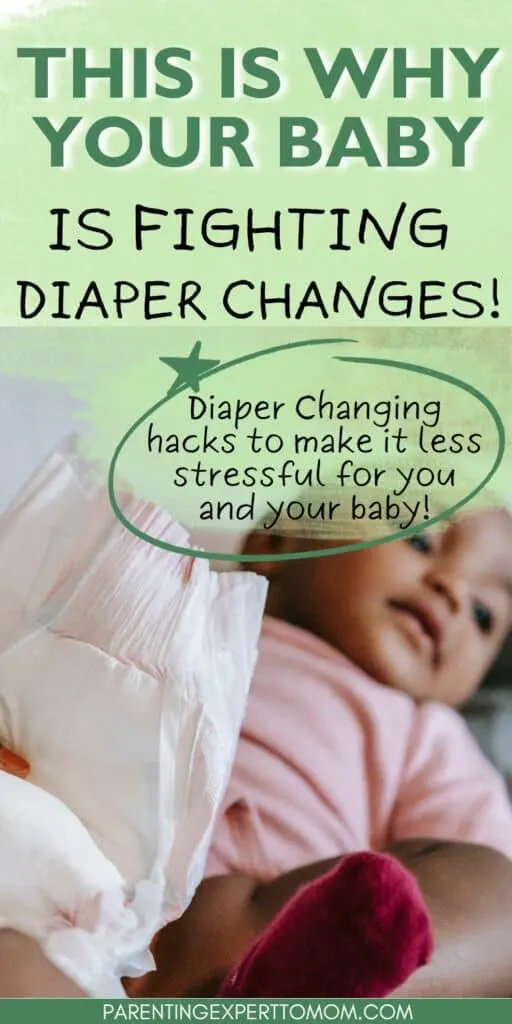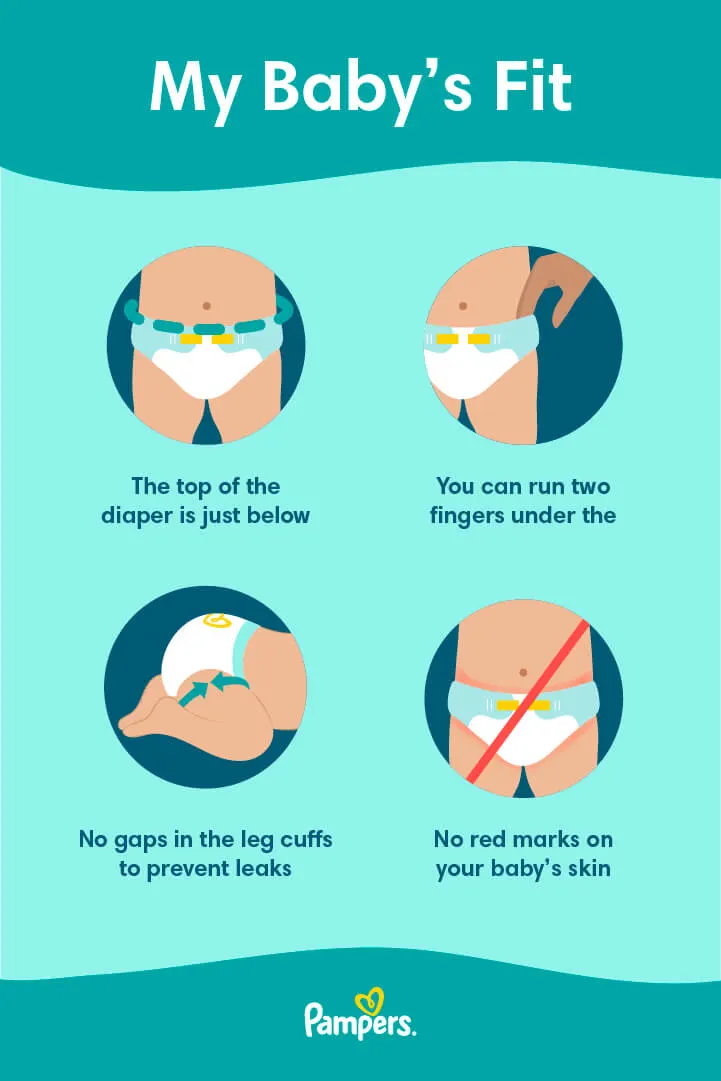What Can I Use Instead of a Diaper: Top Alternatives Explained
Instead of a diaper, you can use cloth nappies or training pants. These alternatives are reusable and eco-friendly.
Parents often seek alternatives to disposable diapers due to environmental concerns or cost. Cloth nappies are a popular choice. They are made from soft, absorbent materials and can be washed and reused multiple times. Training pants are another option, especially useful for potty training toddlers.
They are designed to look like regular underwear but with added absorbency. Both options reduce waste and can be more economical in the long run. Additionally, using these alternatives can help reduce diaper rash and skin irritation. Many parents find them to be a healthier option for their child’s sensitive skin.
Cloth Diapers
Cloth diapers are reusable and eco-friendly. They come in various types. These diapers save money and reduce waste.
Benefits
Cloth diapers offer many benefits for both babies and parents.
- Eco-friendly: They reduce landfill waste.
- Cost-effective: They save money over time.
- Skin-friendly: They are gentle on baby’s skin.
- Customizable: They come in various sizes and designs.
Types
There are different types of cloth diapers. Each has unique features.
| Type | Features |
|---|---|
| Prefold Diapers | Rectangular, need folding, and a cover. |
| Fitted Diapers | Shaped like disposables, need a cover. |
| Pocket Diapers | Have a pocket for inserts. |
| All-in-One Diapers | Easy to use, no cover needed. |
| Hybrid Diapers | Use both cloth and disposable inserts. |

Credit: www.whattoexpect.com
Reusable Diaper Covers
Reusable diaper covers offer a sustainable alternative to disposable diapers. They are environmentally friendly and cost-effective. These covers can be used with different types of inserts or pre-folded cloths. This makes them versatile and convenient for parents.
Materials
Reusable diaper covers come in various materials. Each material has unique benefits:
- Cotton: Soft and breathable. Gentle on baby’s skin.
- Bamboo: Naturally anti-bacterial and eco-friendly. Absorbs moisture well.
- Microfiber: Quick-drying and highly absorbent. Lightweight and easy to handle.
- Wool: Naturally water-resistant. Keeps baby dry and comfortable.
Some covers have a waterproof outer layer. This layer is often made of PUL (Polyurethane Laminate). PUL keeps moisture in while allowing air to circulate.
Care Instructions
Proper care extends the life of reusable diaper covers. Follow these steps for best results:
- Rinse covers immediately after changing.
- Store soiled covers in a wet bag or pail.
- Wash covers every 2-3 days.
- Use a mild detergent. Avoid bleach or fabric softeners.
- Rinse covers thoroughly to remove detergent residue.
- Dry covers on a line or low heat in the dryer.
Always check the manufacturer’s care instructions. Different materials may have specific requirements.
Table showing material and care instructions:
| Material | Care Instructions |
|---|---|
| Cotton | Machine wash warm, tumble dry low. |
| Bamboo | Machine wash cold, air dry. |
| Microfiber | Machine wash warm, tumble dry low. |
| Wool | Hand wash cold, lay flat to dry. |
Training Pants
Are you transitioning your child out of diapers? Training pants can be a great alternative. They help your child feel more independent. Training pants are less messy and easier to manage. Let’s dive into the world of training pants.
When To Use
Training pants are ideal for the potty-training phase. Start using them when your child shows interest in the toilet. Look for signs like pulling at wet diapers or staying dry for longer periods. These signs indicate readiness for training pants.
Training pants are useful during the day. Use them at home and for short trips. They are also helpful at night if your child wets the bed. Training pants are easy to pull up and down, making them convenient for kids.
Styles
Training pants come in various styles. Choosing the right one depends on your child’s needs.
| Style | Features |
|---|---|
| Disposable Training Pants |
|
| Cloth Training Pants |
|
Disposable training pants are convenient for busy parents. They are easy to dispose of after use. Cloth training pants are washable and good for the environment. They save money in the long run.
Both styles come with fun designs. Your child will enjoy wearing them. Choose the style that fits your lifestyle and your child’s comfort.
Elimination Communication
Elimination Communication (EC) is a natural way to handle baby’s toileting. It involves understanding your baby’s cues for needing to go. Parents then offer an appropriate place to eliminate, like a potty or toilet. This method can reduce the need for diapers, benefiting both baby and environment.
Techniques
There are several techniques to practice Elimination Communication:
- Observation: Watch your baby for signs they need to go.
- Timing: Offer the potty at regular times, like after meals.
- Cues: Use sounds or words to signal it’s time to go.
- Diaper-Free Time: Allow baby to be without a diaper to learn cues.
Pros And Cons
| Pros | Cons |
|---|---|
|
|
Absorbent Pads
Absorbent pads are an excellent alternative to traditional diapers. They offer flexibility and comfort for both babies and adults. These pads are designed to absorb liquid efficiently, keeping the skin dry and preventing irritation. Read on to learn more about how they work and the best brands available.
How They Work
Absorbent pads work by capturing and holding moisture. They contain multiple layers that wick away liquid and lock it in. This keeps the surface dry and comfortable.
These pads are often made with a super-absorbent polymer. This material can hold several times its weight in liquid. The top layer is usually made of soft, non-woven fabric. This fabric is gentle on the skin and helps prevent rashes.
Some absorbent pads also feature odor control. This is crucial for maintaining hygiene and comfort. The pads can be easily disposed of after use, making them convenient for busy parents and caregivers.
Best Brands
| Brand | Features |
|---|---|
| Poise | High absorbency, odor control, comfortable fit |
| Always Discreet | Thin design, leak guards, soft material |
| Depend | Maximum absorbency, flexible fit, breathable |
Choosing the right brand can make a big difference. Poise pads are known for their high absorbency and odor control. Always Discreet offers a thin design that is comfortable and effective. Depend provides maximum absorbency with a flexible fit.
These brands are widely available and trusted by many. They offer a range of options to suit different needs and preferences.
- Poise: Ideal for high absorbency needs.
- Always Discreet: Best for a discreet and comfortable fit.
- Depend: Suitable for maximum protection and flexibility.
Absorbent pads offer a practical and comfortable solution. They can be a great alternative to traditional diapers. Select the right brand to ensure comfort and effectiveness.
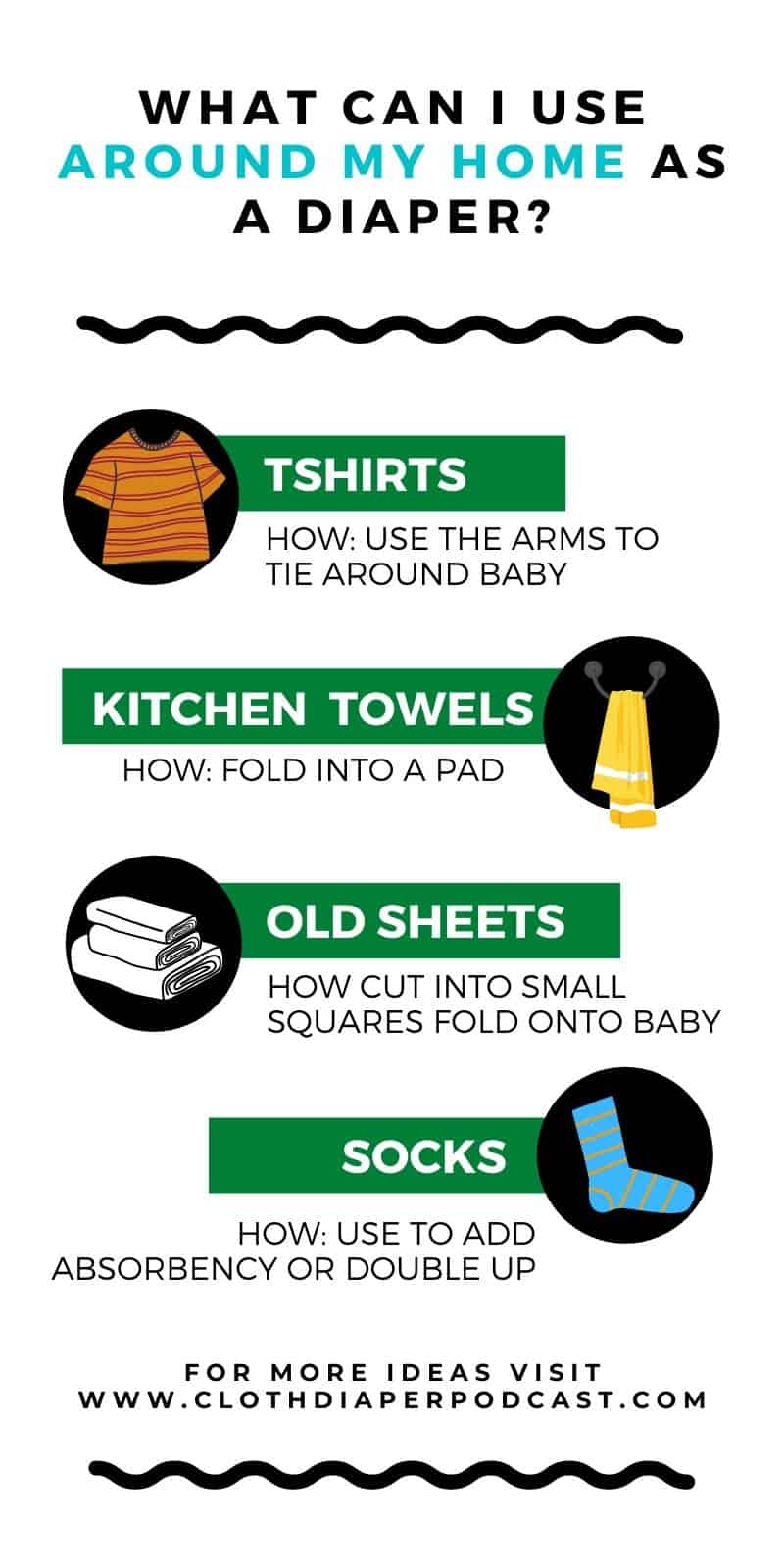
Credit: www.clothdiaperpodcast.com
Swim Diapers
Swim diapers are essential for keeping pools clean. They are specially designed to contain messes while allowing water to flow through. These diapers come in two types: reusable and disposable. Let’s explore their uses and compare the two options.
Uses
Swim diapers are great for pool time or beach outings. They help prevent accidents in the water. Unlike regular diapers, swim diapers do not swell up. They fit snugly and securely, ensuring comfort and protection.
Reusable Vs. Disposable
| Reusable Swim Diapers | Disposable Swim Diapers | |
|---|---|---|
| Cost | Cost-effective over time | Higher long-term cost |
| Environmental Impact | Eco-friendly | Creates waste |
| Convenience | Needs washing | Easy to discard |
| Comfort | Soft and adjustable | Disposable material |
- Reusable Swim Diapers:
- Wash and reuse multiple times.
- Adjustable sizes for growing babies.
- Eco-friendly and sustainable.
- Disposable Swim Diapers:
- Use once and discard.
- Convenient for travel.
- Available in various sizes.
Incontinence Underwear
Incontinence underwear is an excellent alternative to traditional diapers. They offer comfort, discretion, and ease of use. These products are available for both adults and children. Let’s explore the benefits and options.
Adult Use
Incontinence underwear for adults provides a dignified solution. They look and feel like regular underwear. They come in various styles, including briefs and boxers.
Key features include:
- High absorbency
- Odor control
- Comfortable fit
- Reusable options
Many brands offer disposable and reusable options. Reusable incontinence underwear can save money over time. They are also environmentally friendly.
| Feature | Disposable | Reusable |
|---|---|---|
| Cost | Higher over time | Lower over time |
| Environmental Impact | High | Low |
| Maintenance | None | Requires washing |
Child Use
Incontinence underwear for children helps manage bedwetting and daytime accidents. They are designed to be discreet and comfortable. They look like regular kids’ underwear.
Features include:
- Fun designs
- Soft materials
- Good absorbency
- Easy to pull up and down
Parents can choose between disposable and reusable options. Reusable underwear is often more economical for long-term use.

Credit: pawpang.com
Homemade Solutions
Running out of diapers can be stressful. Homemade solutions can save the day. They are easy to make and safe for your baby.
Diy Ideas
You can create DIY diapers with simple materials at home. Here are some ideas:
- Old T-Shirts: Cut an old t-shirt into a diaper shape.
- Towel Diapers: Fold a towel into a diaper. Secure with safety pins.
- Receiving Blankets: Fold and wrap receiving blankets. They are soft and absorbent.
- Flannel Sheets: Cut and sew flannel sheets for a comfortable option.
These options are cost-effective and easy to make. You can reuse them after washing.
Safety Tips
Safety is the top priority. Follow these tips for homemade diapers:
- Use Clean Materials: Make sure all fabrics are clean.
- Secure Properly: Use safety pins carefully. Avoid poking the baby.
- Check for Allergies: Ensure your baby isn’t allergic to the fabric.
- Change Frequently: Homemade diapers may not be as absorbent. Change them often.
These tips ensure your baby stays comfortable and safe.
Frequently Asked Questions
What Can I Use Instead Of A Diaper?
You can use cloth diapers, baby underwear, or training pants. These are eco-friendly and reusable alternatives to disposable diapers.
Are Cloth Diapers A Good Alternative?
Yes, cloth diapers are a great alternative. They are reusable, environmentally friendly, and can save you money in the long run.
How Do Training Pants Compare To Diapers?
Training pants are easier for toddlers to pull up and down. They help with potty training and are less bulky than diapers.
Can Baby Underwear Replace Diapers?
Yes, baby underwear can be used as a transition from diapers. They are comfortable and help in potty training but offer less protection.
Conclusion
Exploring alternatives to traditional diapers can be beneficial for both you and your baby. Cloth diapers, training pants, and elimination communication are practical options. Each choice offers unique advantages and suits different needs. Experiment to find what works best for your family.
Your baby’s comfort and health are always the top priorities.

